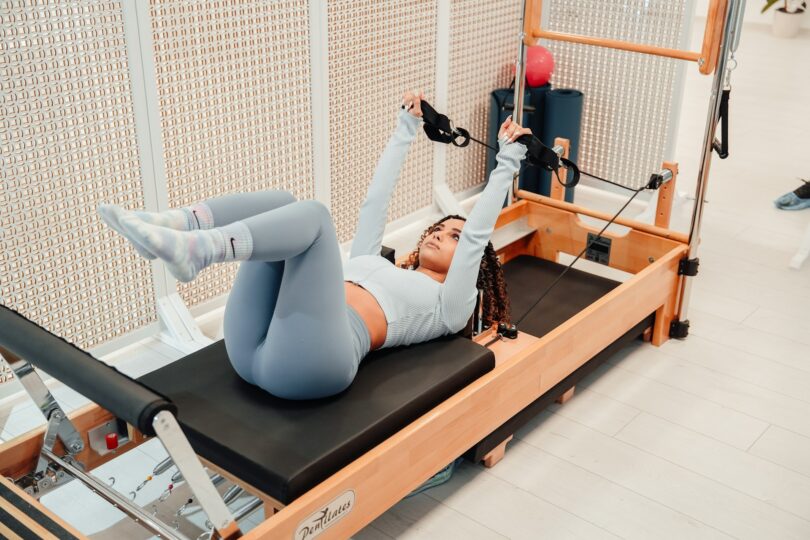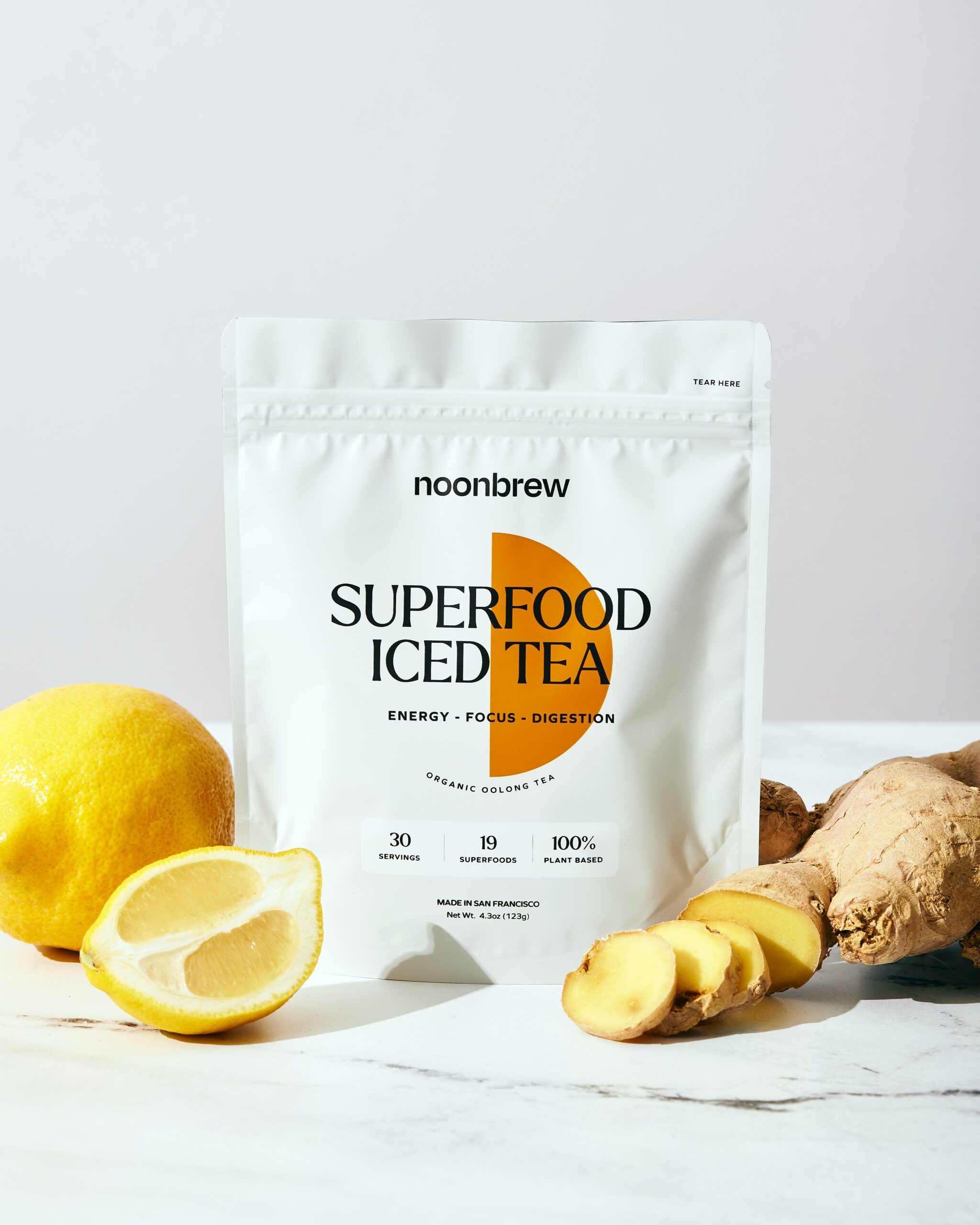Exercise Recovery: What Your Body Needs to Heal
Physical activity is crucial for maintaining good health, Exercise Recovery enhancing performance, and achieving fitness goals. But while most people focus on the intensity and duration of their workouts, many overlook an equally critical aspect of training: exercise recovery. Without proper recovery, your body cannot repair itself, which can lead to fatigue, poor performance, and even injury. In this article, we will explore what your body needs to heal post-exercise, strategies for optimal recovery, and how to listen to your body’s signals.
1. Why Recovery is Important
1.1 Muscle Repair and Growth
During exercise—especially strength training or high-intensity interval workouts—your muscle fibers undergo microscopic tears. Recovery allows the body to repair these fibers, making them stronger and more resilient. This repair process is known as muscle hypertrophy, and it cannot occur without adequate rest and nutrients.
1.2 Restores Energy Stores
Your muscles use glycogen (stored carbohydrates) during exercise. After your workout, your glycogen levels are depleted. Proper recovery helps replenish these stores, ensuring you have the energy for your next training session.
1.3 Prevents Overtraining
Overtraining syndrome occurs when there isn’t enough time for recovery between exercise sessions. Symptoms include prolonged fatigue, decreased performance, hormonal imbalances, and increased risk of injury. Scheduled recovery is essential to avoid this downward spiral.
2. Types of Recovery
2.1 Passive Recovery
Passive recovery involves complete rest with minimal physical activity. This is best after intense workouts, competitions, or when recovering from injury.
2.2 Active Recovery
Low-intensity activities like walking, light cycling, or yoga promote blood flow and aid in muscle recovery without adding additional stress to the body. Active recovery days are excellent for maintaining mobility and aiding the clearance of metabolic waste.
2.3 Short-Term Recovery
Also called immediate recovery, this refers to the brief periods between sets or exercises within a workout. It’s essential for sustaining performance, especially in high-intensity interval training (HIIT) or weightlifting.
2.4 Long-Term Recovery
This includes planned rest days or even full recovery weeks (deload weeks) that are integrated into a long-term training schedule. These periods help the body adapt and strengthen over time.
3. Nutrition and Hydration
3.1 Protein for Muscle Repair
Protein provides amino acids necessary for rebuilding muscle tissue. Post-exercise protein intake should ideally occur within a 30- to 60-minute window after your workout. Common sources include:
-
Lean meats (chicken, turkey)
-
Fish
-
Eggs
-
Plant-based proteins (lentils, chickpeas)
-
Protein shakes
Aim for 20–40 grams of protein post-workout, depending on body weight and training intensity.
3.2 Carbohydrates to Replenish Glycogen
Carbohydrates restore glycogen levels and play a vital role in recovery. The more intense or prolonged your workout, the more carbohydrates you’ll need.
-
Fruits
-
Whole grains
-
Potatoes
-
Rice
-
Smoothies
Consuming a 2:1 or 3:1 ratio of carbs to protein post-exercise is generally recommended for optimal recovery.
3.3 Fats in Moderation
Healthy fats (avocados, nuts, seeds, olive oil) can reduce inflammation but should be consumed in moderation immediately post-workout as they may slow digestion.
3.4 Hydration and Electrolytes
Exercise leads to fluid and electrolyte loss through sweat. Dehydration impairs performance, increases fatigue, and slows recovery. Drink water consistently throughout the day, and consider electrolyte beverages if you’ve had a long or hot workout session.
4. Sleep: The Ultimate Recovery Tool
4.1 Hormonal Repair During Sleep
Sleep is when your body releases growth hormone, which is crucial for tissue repair and muscle growth. Chronic sleep deprivation increases cortisol (a stress hormone), which can impair recovery and promote muscle breakdown.
4.2 Sleep Quantity and Quality
Aim for 7–9 hours of quality sleep each night. Some athletes and heavy trainers may need even more Exercise Recovery. Good sleep hygiene includes:
-
Going to bed at the same time each night
-
Keeping the room cool and dark
-
Avoiding screens and stimulants before bedtime
5. Recovery Modalities and Tools
5.1 Stretching and Mobility Work
Dynamic stretching after a workout and static stretching in Exercise Recovery sessions help improve flexibility, relieve muscle tightness, and prevent injury.
5.2 Foam Rolling and Massage
Self-myofascial release techniques using foam rollers or massage tools can break up adhesions in muscle tissue, improve blood flow, and accelerate recovery. Sports massages are especially effective after high-volume training or races.
5.3 Cold Therapy
Ice baths or cold showers reduce inflammation and muscle soreness Exercise Recovery. Athletes often use cold plunges post-exercise to improve muscle recovery.
5.4 Heat Therapy
Heat helps increase blood flow and can be useful for chronic muscle tightness or stiffness. Infrared saunas and heating pads are common tools.
5.5 Compression Garments
Wearing compression gear may help reduce muscle soreness and swelling by enhancing circulation. While evidence is mixed, many athletes report subjective benefits.
5.6 Percussion Massage Devices
Devices like Theraguns use rapid pulses to reduce soreness and improve circulation in targeted areas. They are increasingly popular in both amateur and professional settings.
Read More: How to Cultivate Mental Resilience in Stressful Times
6. Mental Recovery and Stress Management
6.1 Mental Fatigue and Performance
Exercise Recovery also depends on mental well-being. Stress, anxiety, and lack of motivation can affect performance and recovery. A healthy mindset promotes better focus, adherence to recovery protocols, and improved outcomes.
6.2 Meditation and Breathing Techniques
Meditation, deep breathing, and mindfulness practices can significantly reduce stress levels and improve sleep and recovery. Incorporate short breathing exercises post-workout or before bed.
7. Listening to Your Body
7.1 Recognizing Signs of Inadequate Recovery
Key signs that your body hasn’t recovered properly include:
-
Persistent muscle soreness
-
Fatigue lasting more than 48 hours
-
Reduced performance
-
Irritability or mood swings
-
Sleep disturbances
-
Increased heart rate or variability
7.2 Individual Differences
Exercise Recovery needs vary based on age, gender, fitness level, nutrition, and the type of workout performed. What works for one person might not work for another. Use tools like heart rate variability (HRV) monitoring or wellness tracking apps to gauge readiness.
8. Structured Exercise Recovery Plans
8.1 Periodization
Incorporate recovery into your training program through periodization—planned cycles of intense training followed by recovery phases. This approach optimizes performance and minimizes the risk of overtraining.
8.2 Deload Weeks
Every 4–8 weeks, reduce training volume and intensity for a few days to a week. This allows the nervous system and musculoskeletal system to fully recover and adapt.
8.3 Recovery Days
At least one or two days a week should be reserved for full rest or active recovery. These days are essential, especially after high-impact workouts like heavy lifting or long-distance running.
9. Supplements That May Support Exercise Recovery
9.1 Creatine
Known for its performance-enhancing effects, creatine also supports recovery by replenishing ATP stores and reducing muscle damage.
9.2 Branched-Chain Amino Acids (BCAAs)
BCAAs may reduce muscle soreness and promote muscle protein synthesis, especially for those training in a fasted state.
9.3 Omega-3 Fatty Acids
Found in fish oil, omega-3s have anti-inflammatory properties that may help reduce exercise-induced muscle soreness.
9.4 Tart Cherry Juice
Some studies show tart cherry juice can decrease muscle soreness and improve recovery by reducing inflammation and oxidative stress.
Note: Always consult with a healthcare provider before starting any new supplement regimen.
10. Common Myths About Exercise Recovery
10.1 “More is Always Better”
Exercise Recovery without adequate recovery doesn’t lead to better results. In fact, it often leads to plateaus or injury.
10.2 “Soreness Equals Progress”
Muscle soreness isn’t always a sign of a good workout. Consistent performance gains are a better metric for improvement.
10.3 “You Only Need to Recover If You’re a Pro Athlete”
Everyone, from beginners to elite athletes, needs recovery. In fact, beginners may require more time to adapt and repair due to lower baseline conditioning.
Conclusion
Exercise Recovery is not a sign of weakness or laziness—it’s a critical component of any effective fitness program. Without it, the hard work put into exercise can’t translate into strength, endurance, or progress. Your body needs time, fuel, rest, and care to rebuild stronger and healthier. By prioritizing proper nutrition, hydration, sleep, and active recovery strategies, you will maximize the benefits of your workouts and reduce the risk of burnout or injury.
Understanding your body’s individual Exercise Recovery needs and respecting its signals is the key to sustainable, lifelong fitness.


